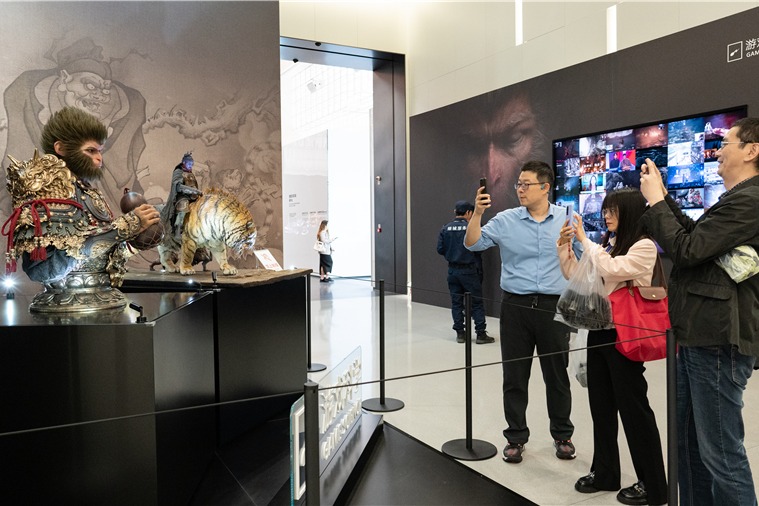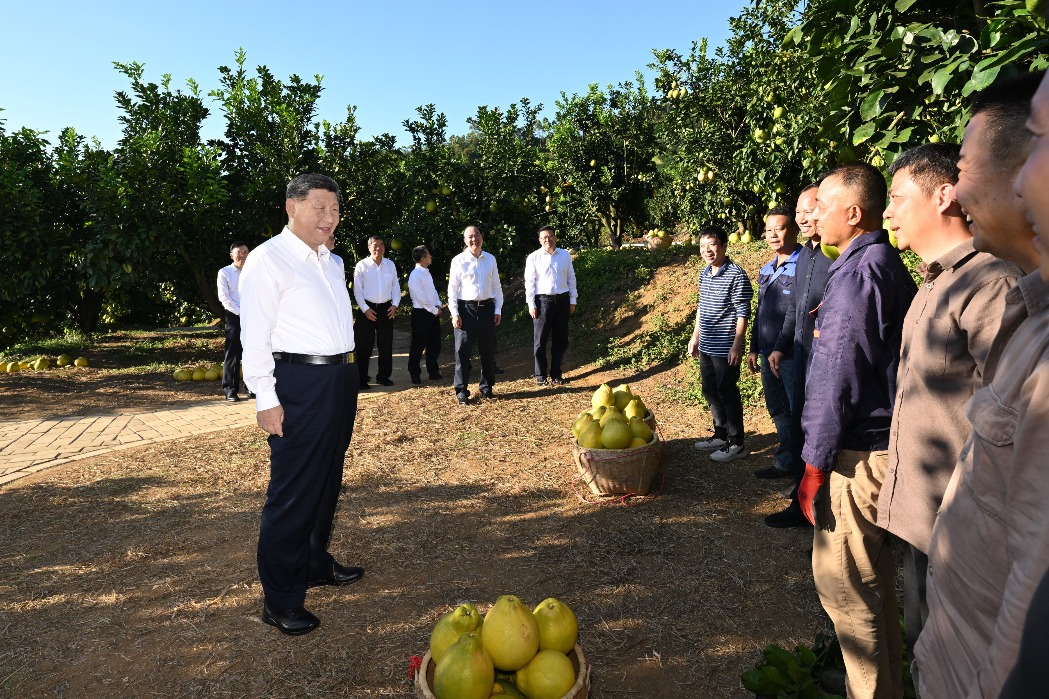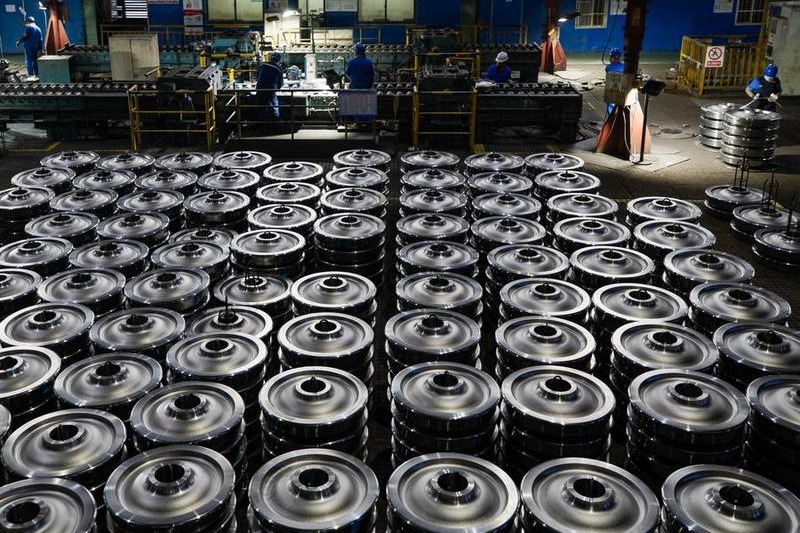IN FINE SPIRITS
A new generation of winemakers is turning Shangri-La's mountain valleys into China's most uplifting frontier of wine, Li Yingxue reports.

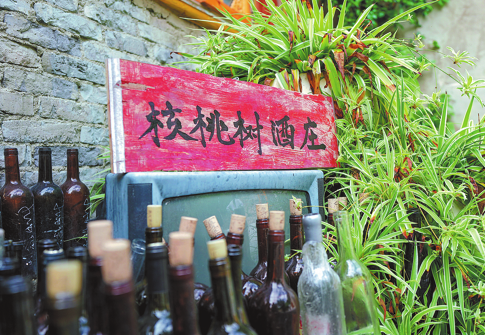
In the sun-drenched vineyards of Rizui village, nestled along the banks of the Lancang River in Dechen county, five young women move briskly between rows of ripened grapes. The harvest season has arrived, marking the culmination of a year's worth of labor and care.
Among them is Kangzhu, who, together with her four teammates, joined Songtsam Cizhong Winery just over a year ago. Once farmers tending vines in their backyards, they are now professionals cultivating a new livelihood — and a new identity — through winemaking.
Songtsam Cizhong Winery is a young but ambitious addition to the growing Shangri-La wine region. Completed at the end of last year, it is releasing its first vintage — a Chardonnay dry white — later this year.
The winery sits in Cizhong village, a place steeped in more than a century of grape-growing heritage. From the late 19th to early 20th century, French missionaries built the Cizhong Catholic Church here and planted vineyards around it, introducing winemaking to this remote valley.
Today, Songtsam carries that legacy forward with a renewed sense of purpose. "Our goal in making wine is to protect the land beneath our feet," says staff member Zhang Lanxun.
"Here in the valley, people cultivate grapes instead of overgrazing or hunting. Everything grows in balance, the land rests and renews, and together we share in the beauty of our home."
Beyond offering stable livelihoods to villagers like Kangzhu, the winery has expanded its vision to embrace sustainable creativity and experiential tourism. Inside the winery, visitors encounter far more than barrels and bottles. Candleholders made from recycled glass, handmade paper crafted from grape leaves, and sensory workshops that guide guests through the aromas of wine all contribute to an immersive journey.
The winery is housed within Songtsam Cizhong Lodge, which integrates hospitality with agricultural life. "Guests can enjoy lunch right in the vineyard — it's something truly special," Zhang says.
"We don't use pesticides, and the grass between the vines is cut and fed to our cattle and sheep. Visitors often spend hours walking among the vines, and at night we organize stargazing sessions. Next year, we even plan to host nighttime insect-watching events."
Each season brings a different kind of beauty, Zhang adds — from the delicate blossoms of spring to the vivid hues of ripening grapes.
For her, the connection to this land is deeply personal. Born and raised in Yunnan, she grew up hearing stories of the French missionaries who brought grape cultivation to the region. The lan in her name comes from the Lancang River — the same river that flows past the winery today. Standing among the vines, she feels a quiet sense of destiny, as though her life, the river, and the valley's history have all converged in this shared journey of renewal.
The story of Songtsam is also part of a broader transformation sweeping across the Shangri-La region — now one of China's most promising wine-producing areas. With its high-altitude climate, abundant water and diverse soils, Yunnan's vineyards are yielding wines with distinctive character, drawing growing attention from critics and consumers alike.
That evolution is being closely watched by professionals like Liu Ding from the Wynn Signature Chinese Wine Awards, who visited several Shangri-La wineries this year. Some of their wines have already earned recognition at the awards, and Liu wanted to see firsthand how these mountain wineries operate.
To her, Shangri-La's terroir is unlike any other — "one mountain has four seasons, and the weather changes every 10 miles". Each vineyard, she says, expresses its own voice.
"The roads here are steep and winding, but it's precisely this remoteness and high cost of production that drive winemakers to focus on crafting premium wines that can stand out through quality. The diversity of terroir gives Shangri-La immense potential. While most still work with traditional grape varieties, as technology advances and understanding of the land deepens, innovation in styles and varieties will surely follow."
For Liu, the region's promise lies not only in its landscapes but also in its spirit. "Shangri-La is more than a distant frontier — it represents possibility," she says. "It's becoming one of the most exciting highlights in China's wine landscape."
She is particularly impressed by Songtsam's vision that blends winemaking with culture and tourism. "Songtsam is not only making wine; it's using wine as a bridge to promote Tibetan cultural tourism and to share a deep sense of local pride," she says. "That resonates with our mission at Wynn — we both believe that wine is not just a product, but a form of cultural expression and confidence."
Another winery that left a lasting impression on Liu was Zaxee Walnut Tree Winery, founded by Quan Shiping in 2017 in Benzilan township, Dechen county.
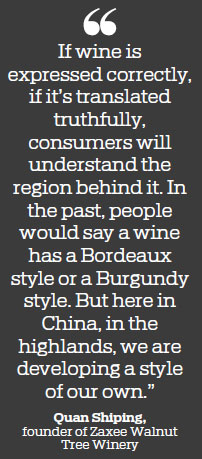
Quan's journey into wine began far from Yunnan, in the mountains of Gansu province, where he grew up. In 2006, he entered Northwest Agriculture and Forestry University to study viticulture and enology. After graduation, he moved to Guangzhou in Guangdong province to work in wine sales, but in 2015 he returned to the mountains — this time to Garze county in Sichuan — to become a winemaker. Over time, the highland landscape, culture, and people captured his heart.
Before arriving in Garze, Quan had studied other wine regions across China, but this one struck him as truly unique. "The combination of high altitude, low latitude, local terroir, and deep-rooted beliefs makes this region unlike any other," he says. What began as curiosity turned into connection — and eventually, belonging. Garze became his second home.
Two years later, at the age of 30, he founded Zaxee Walnut Tree Winery — a name rich with meaning. Zaxee (similar to the Tibetan word tashi) was the first Tibetan word he learned after arriving: zaxee delek — a greeting filled with warmth and goodwill. "When you walk into a Tibetan home, elders greet you with tashi delek. When sharing a meal or pouring wine, people say tashi delek. When you leave, they wave and say tashi delek. Each time I heard it, I felt at home," Quan says.
In Tibetan, zaxee means good fortune and auspiciousness. The walnut tree in the winery's name comes from a 500-year-old tree standing proudly at its entrance. "I hope our wines can convey the same pure blessings of the Tibetan plateau," Quan says. "And that our winery, like the walnut tree, will take root here and grow for generations."
To Quan, winemaking is a form of translation — an act of giving voice to the land. "If wine is expressed correctly, if it's translated truthfully, consumers will understand the region behind it," he explains. "In the past, people would say a wine has a Bordeaux style or a Burgundy style. But here in China, in the highlands, we are developing a style of our own."
Liu agrees. "Zaxee Walnut Tree represents the rise of a new generation of Chinese winemakers," she says. "They don't rely on foreign expertise. Instead, with scientific rigor and local wisdom, they're crafting wines that are authentically Chinese."
Together, the stories of Songtsam and Zaxee reflect the quiet confidence of a region coming into its own. In the high valleys of Shangri-La, winemaking is no longer just an imported craft — it is becoming an expression of place, people and pride. Here, amid snow peaks and vineyards, China's new frontier of wine is taking root — one that speaks with a voice unmistakably its own.
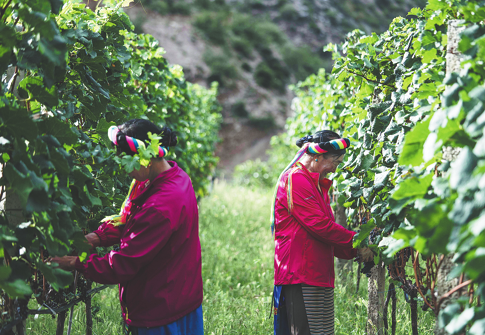
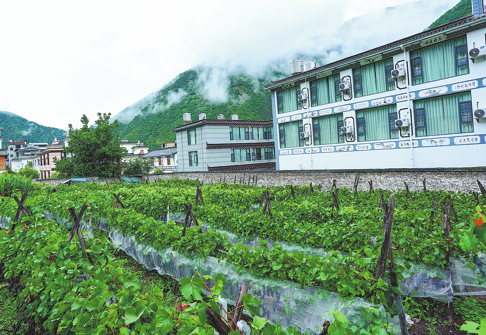
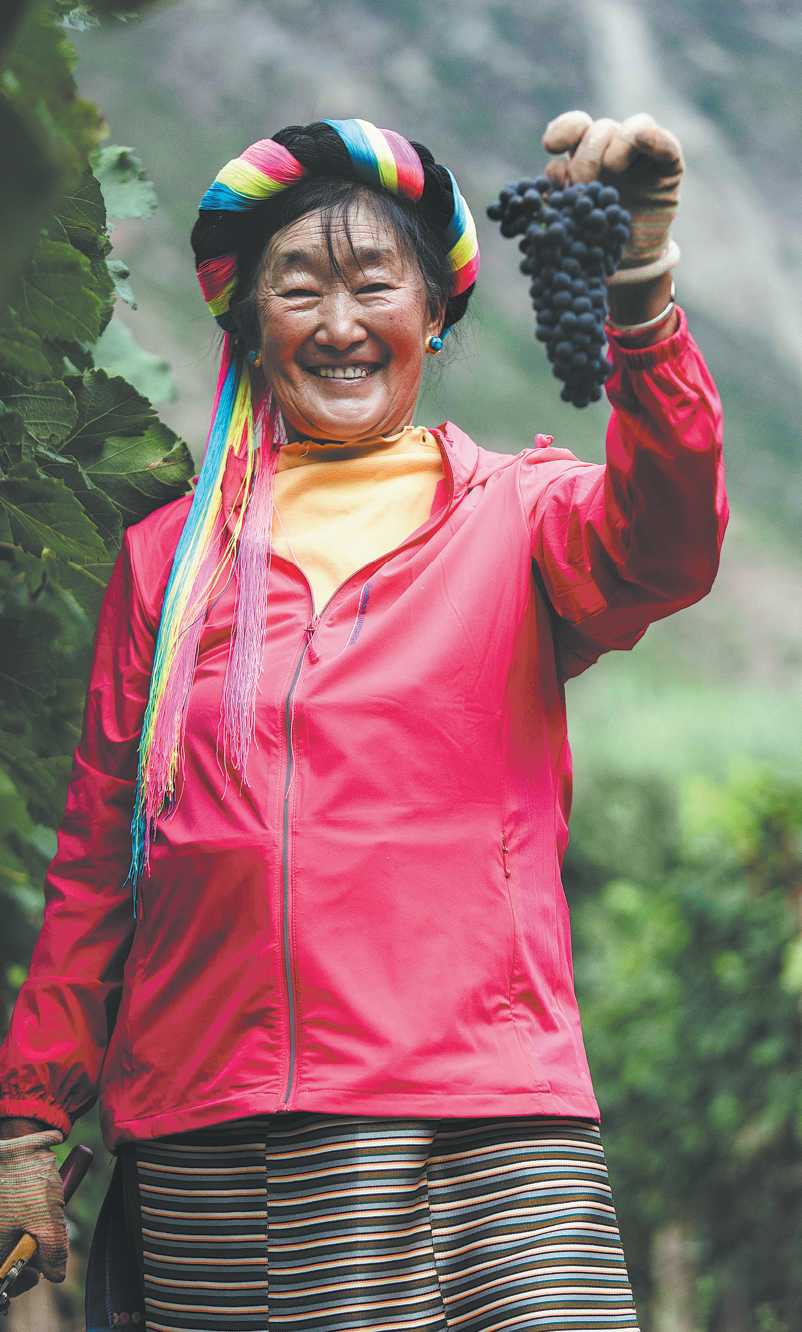
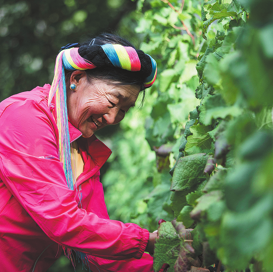
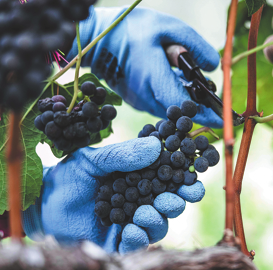
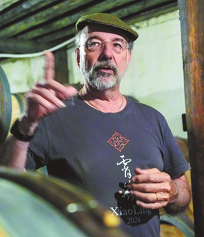
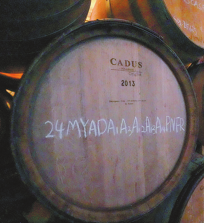
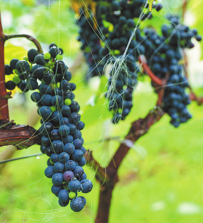
Today's Top News
- China releases white paper on low-carbon development
- What use are the humanities in the age of AI?
- Cameroon president congratulated on re-election
- Xi attends carrier's commissioning
- Drive to be powerhouse in sports championed
- Strong growth in nation's exports despite headwinds


















